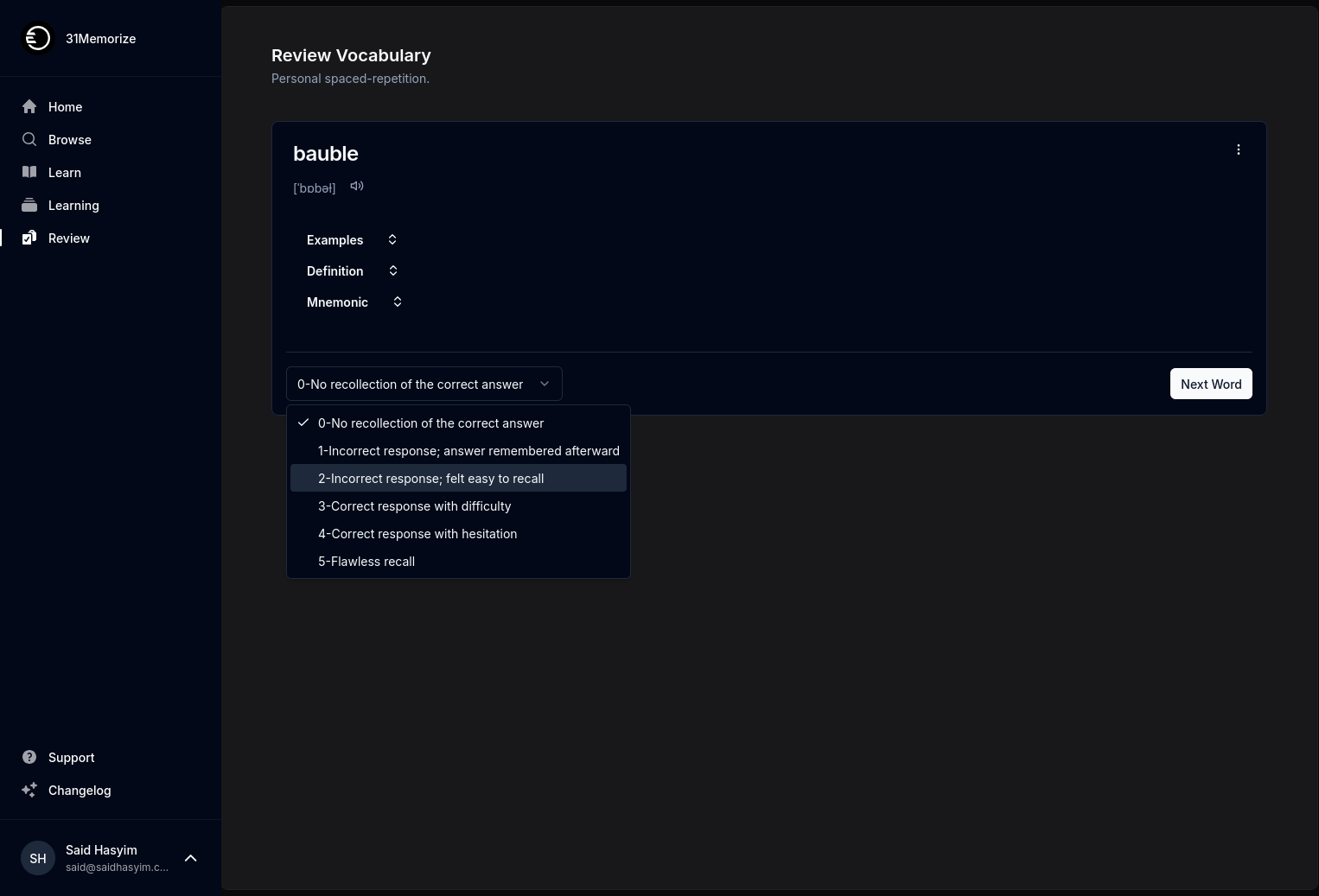Creating a Positive Feedback Loop with Readers
In the ever-evolving world of content creation, the relationship between creators and their audience has taken center stage. Engaging your readers is no longer just about providing valuable content; it's about creating an ongoing dialogue that fosters loyalty and community. This dialogue is often the result of a positive feedback loop, where both creators and readers benefit. In this blog post, we’ll explore how you can create such a loop and the profound impact it can have on your content journey.
What is a Positive Feedback Loop?
A positive feedback loop in the context of content creation is a cycle where the actions of readers encourage more engagement and, in turn, prompt creators to provide even better content. When readers share, comment, or provide constructive feedback, it fuels the creator’s motivation, leading to improved content which, in turn, engages the readers more deeply.
Think of it like a relationship: the more effort you put into it, the more each party feels valued and connected. By understanding how to cultivate this loop, you can create a vibrant community around your content.
Ways to Create a Positive Feedback Loop
1. Encourage Reader Interaction
The first step in creating a feedback loop is encouraging your readers to engage with your content. Here are several techniques to promote interaction:
Ask Questions: At the end of your posts, pose open-ended questions. This invites readers to share their thoughts and experiences. For example, if you write a post about productivity, you might ask, “What techniques work best for you?”
Use Polls and Surveys: Utilize tools like polls to gather opinions on specific topics. This not only engages readers but also provides valuable data on their preferences.
Create Challenges: Encourage your readers to participate in challenges related to your content. This could be anything from a reading challenge to a social media hashtag. The more they engage, the more connected they feel.
2. Respond and Acknowledge Feedback
Once your readers start interacting, it's crucial to respond. Engaging directly with your audience shows that you value their opinions. Here’s how to do that effectively:
Reply to Comments: Make it a habit to respond to comments on your blog or social media platforms. A simple “thank you for your thoughts!” can go a long way in making a reader feel appreciated.
Highlight Reader Contributions: If a reader shares a fantastic insight, consider featuring their comment in your next post. Acknowledging their contribution not only builds community but also encourages others to join the conversation.
Act on Feedback: If readers suggest topics or provide constructive criticism, take it to heart. Implementing their feedback in future content reinforces that their opinions matter, encouraging continued engagement.
3. Create Valuable, Shareable Content
Quality content is the backbone of any positive feedback loop. When readers find your content valuable, they’re more likely to engage with it, share it, and return. To ensure your content stands out, consider the following:
Solve Problems: Center your content around solving issues that your readers face. Whether it’s tutorials, tips, or insightful articles, actionable content resonates deeply with audiences.
Be Authentic: Authenticity can’t be overstated. Share your experiences, successes, and even failures. Readers appreciate genuine storytelling, leading to stronger connections.
Diverse Formats: Experiment with different content formats, such as videos, infographics, and podcasts. Different people prefer different forms of media, and offering variety can attract a wider audience.
4. Establish Consistency
Consistency fosters trust, and trust is a vital component of any positive feedback loop. When readers know what to expect from you, they’re more inclined to engage. Here’s how to maintain consistency:
Create a Schedule: Whether you post weekly or monthly, stick to a schedule so your readers know when to expect fresh content. This predictability helps build anticipation.
Thematic Series: Consider creating series or themes for your content. For instance, a monthly “reader spotlight” where you share contributions from your audience makes them feel included.
5. Recognize and Reward Engagement
Acknowledging and rewarding reader engagement can further incentivize involvement. Consider these strategies:
Incentives for Interaction: Host giveaways or contests that reward readers for commenting or sharing. This not only boosts engagement but also spreads your content further.
Feature Readers: Spotlight loyal readers in your blog or social media channels. Recognizing them for their input encourages them to continue participating.
Thank You Notes: Send personalized thank-you messages to your most engaged readers. Small gestures of appreciation can transform a reader into a superfan.
The Impact of a Positive Feedback Loop
When executed well, creating a positive feedback loop can lead to numerous benefits:
Stronger Community: Engaged readers often bring in new readers, leading to a thriving community around your content.
Increased Retention: Readers who feel valued and heard are far more likely to return to your blog or platform.
Enhanced Quality of Content: Ongoing feedback allows you to adapt and evolve your content to better meet the interests and needs of your audience.
Personal Growth: Engaging with readers can provide insights that enrich your understanding of what resonates, helping you grow as a creator.
Conclusion
Creating a positive feedback loop with your readers isn’t just a strategy; it’s a pathway to building a fulfilling and engaging content creation journey. By encouraging interaction, responding to feedback, providing valuable content, establishing consistency, and recognizing engagement, you can cultivate a community that thrives on connection and shared ideas. In this age of connectivity, leveraging the voices of your audience will not only improve your content but also create lasting relationships that benefit everyone involved. So, start implementing these tips today, and watch your feedback loop flourish!
